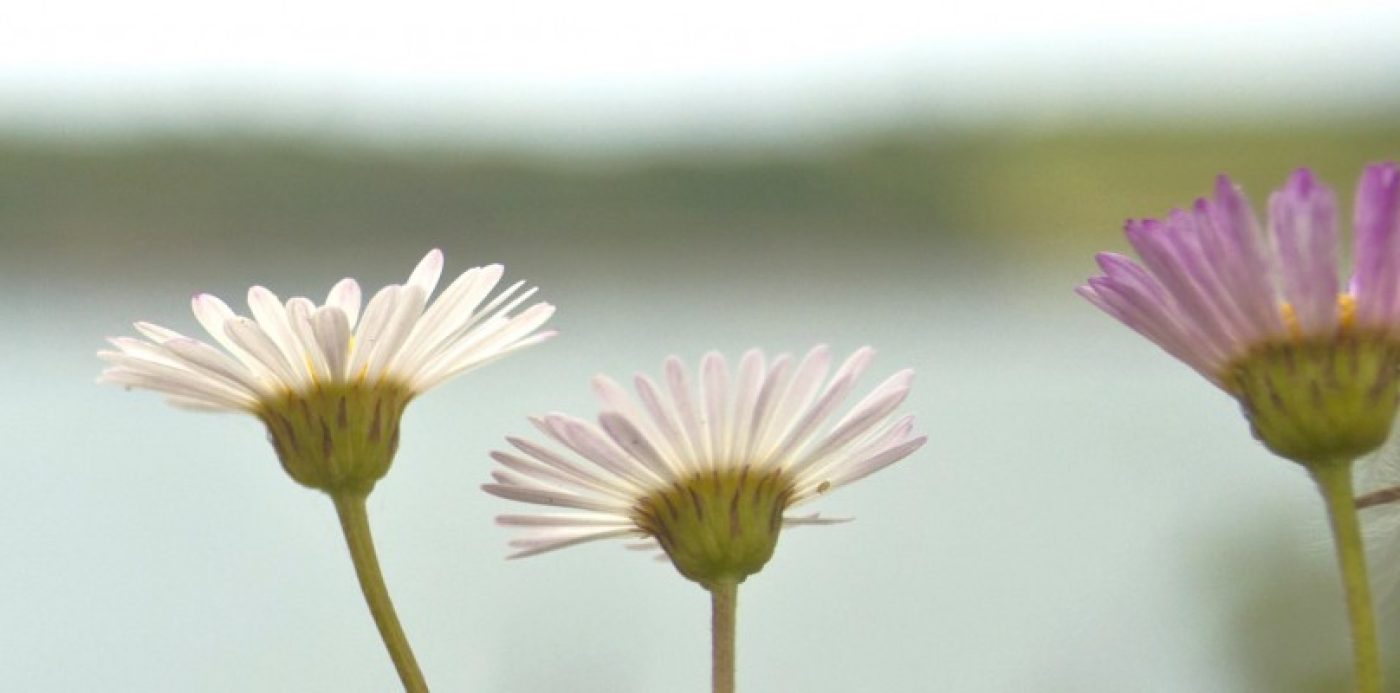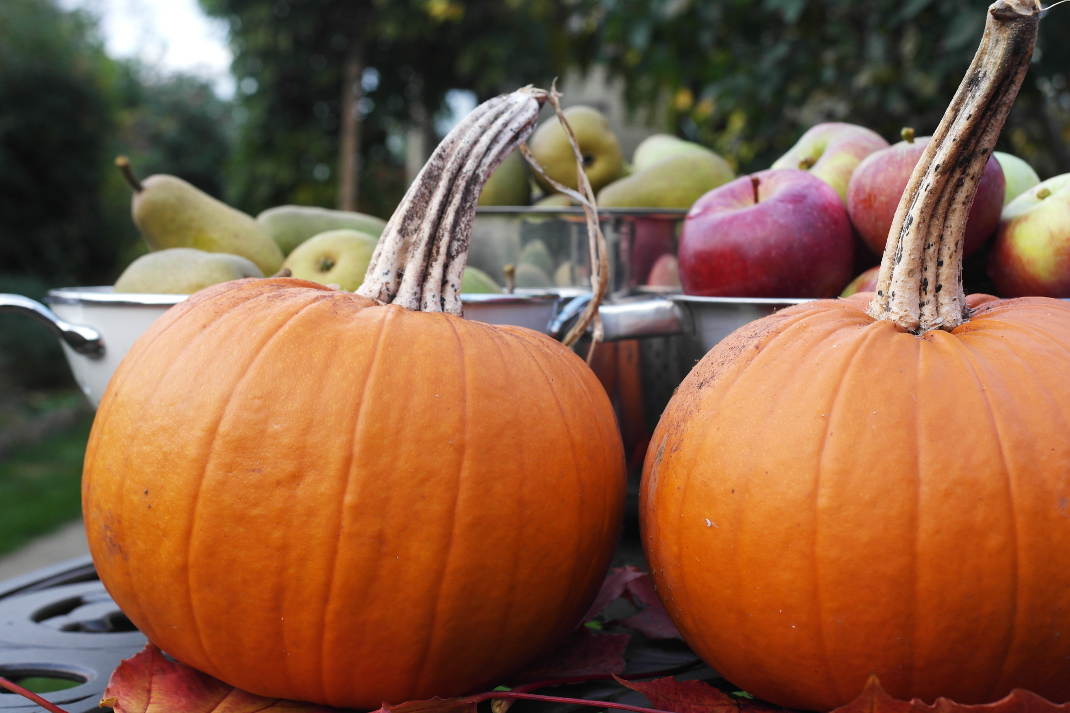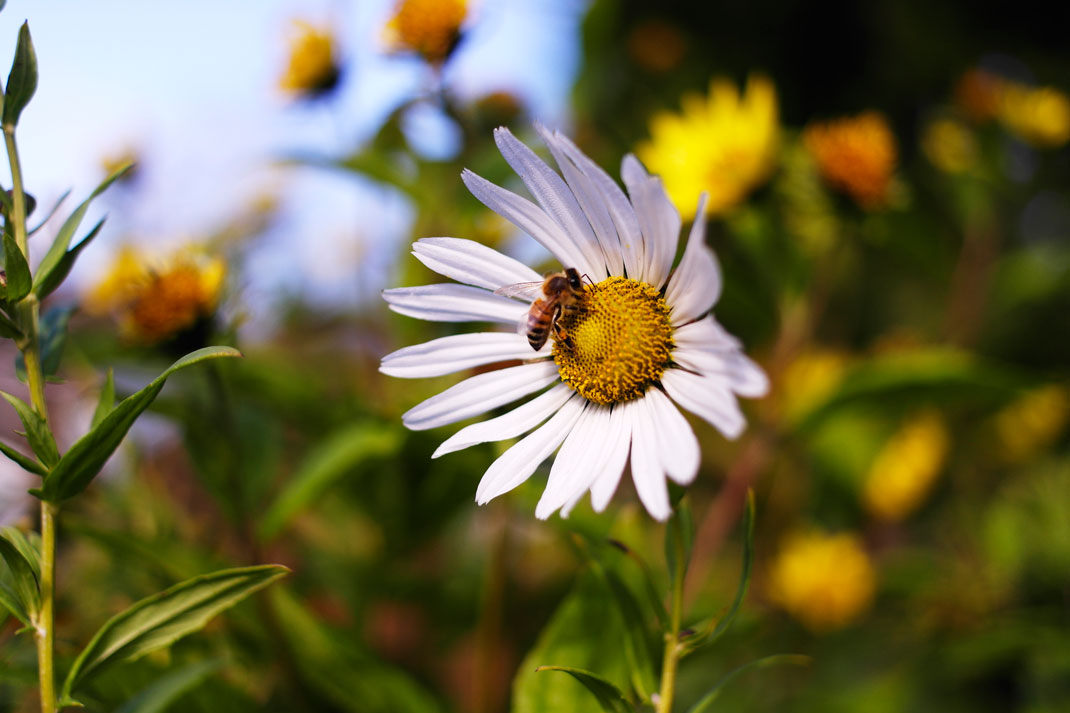
Wildlife Friendly Gardening
Wildlife Friendly Gardening
Isn’t most gardening wildlife friendly? Surely having a green space is better than concrete for wildlife? Yes, but there are things you can add to your garden or change the way you look after your garden to help improve the appeal of your outside space to wildlife and help support species that aren’t doing so well such as the common bumble bee. As our current countryside changes it becomes ever more important for us gardeners to do our bit to help protect our native wildlife. This doesn’t mean that you have to have a messy garden or have a wildflower meadow instead of your lawn, but it does mean doing a few simple things to help.

As a result of urbanisation and changes in farming practices, more due to demand and policies than the farmer, our native species are at risk of and are in decline. Experts say that there are around 600 individual species in Great Britain that are at risk. Rachael Carson wrote Silent Spring in 1962 USA which highlighted mankind’s negative impact on nature especially birds. She stated that chemicals and farming techniques were to blame for the rapid decline in bird species. It was read by many politicians and a movement to ban many used chemical pesticides was started. Soon the rest of the world followed and the age of sustainable development truly took off. We have started the age of sustainable gardening that means we need to meets the needs of the present (horticulturally speaking) without harming the ability of future generations to meet their own needs. Basically being more environmentally friendly, and not using up resources that the future will need.
According to the RHS, private gardens cover around 667 000 acres of land which means that there is a lot of habitat for wildlife, we just need to utilise it. Our gardens are vital green spaces that provide shelter, food and breeding sites for wildlife. Did you know that fewer than 1% of Britain’s garden insects are pests.

What wildlife are we trying to attract?
Bees
Birds
Toads
Frogs
Worms
Insects
Bats
Hedgehogs
Butterflies
Moths

Firstly what do you look for when choosing plants?
Native plants are always best, these plants have grown and adapted to survive the conditions here in the UK. Non native plants can become an invasive species which usually is expensive and hard to eradicate such as Japanese Knotweed or Hogweed. Non native species can change local ecosystems and habitats such as changing the pH or structure of the soil, impeding water flow. Native plants and indeed this is the same for some native animals such as the red squirrel, have gone into decline as a result of non native species. Their non native cousins push them out by crowding them out, taking nutrients, light and air from its competition, or by spreading diseases.
So which plants are good for wildlife? The RHS have produced a list of Perfect for Pollinators plant list, check it out RHS Perfect For Pollinators Plant List.

My top 10 plants that attract wildlife
Lavendula, Lavender is a firm favourite of mine, bees and butterflies love them too. If you leave your flower heads to go to seed then birds will like this. You can then prune them back in spring, but don’t go quite as far back as you would if it were the end of summer.
Cornus, Dogwood has so many varieties of different coloured stems that not only provide winter interest for your garden but also are great for robins and mistle thrushes as they eat the clusters of berries.
Digitalis, Foxglove is a big favorite of the bee and is a typical cottage garden flower, big thumbs up from me.
Lonicera, Honeysuckle another favorite country cottage flower, during the summer its always buzzing with life, birds love their berrys.
Hedera helix, Ivy, i’m not a massive fan when it gets too out of hand however is good for insects such as wasps, hornets, hoverflies, bumblebees, red admirals, small tortoiseshells and peacock butterflies that collecting nectar before hibernation starts. In winter Ivy berries ripen so birds have some much needed food over the winter.
Ilex aquifolium, Holly needs both the male and female plant near each other so that flowers can be produced and then berrys. Lots of wildlife is attracted to holly, bees collect the pollen and nectar, thrushes, robins, finches and goldcrests use it as a nesting site. Blackbirds, redwings, song and mistle thrush eat the berries. Hedgehogs and other small mammals hibernate in the leaf litter that builds up under it.
Buddleia, commonly known as the butterfly bush and that is because butterflies love it. Buddleia attracts all kinds of butterflies that come for its nectar.
Cotoneaster, choose a non invasive species, but birds love the berries.
Thymus, Thyme is a great ground covering plant that is a brilliant place for invertebrates and other insects to hang out. The nectar is also favoured by bees. Plus you can you it in your kitchen.
Sedum, again they come in many different varieties. They are great for bees, butterflies and hoverflies as they collect its nectar.
All these plants are relatively easy to grow and some have multiple uses. When choosing other plants try not to have too many double flowers that are highly bred cultivars as these mostly contain little or no nectar or pollen. Its always best and more attractive to grow a variety of plants in your garden so containing, shrubs, trees, perennials, biennials, annuals, fruit, vegetables and evergreen and deciduous varieties.
Can all this help to benefit your gardens health and attractiveness?
Yes if you attract frogs, toads and birds they will eat your snails and slugs, and ladybirds eat aphids. There is a natural cycle, so good gardening practices and husbandry including careful watering and feeding the right amounts, choosing the right plants for the right area, will ultimately reduce weeds, pests and diseases. Yes you might loose your favourite hosta to that pesky slug but attract birds into your garden and not only will you have happy chirping, but your hosta might just recover. Not using pesticides and insecticides and herbicides anything that has icides at the end should be avoided on a non commercial scale if at all possible. As tempting as it is to get the Roundup out of the shed, or those slug pellets out, all the garden chemical controls you can get your hands on will kill the thing you’re wanting it to kill, but you are likely going to kill the good insects, plants, animals that are beneficial to your garden.
So try biological controls such as nematodes, these are living organisms that usually eat your pest. Depending on the Nematodes they are best in controlled environments such as a greenhouse, however we had to use Heterorhabditis megidis on the lawn to help our large infestation of chafer grubs. So far its worked. For slugs there are numerous traps, rings, mats, even vaseline is supposedly good at stopping slugs go up pots. Instead of your herbicides try mulch, hand weeding, you can even buy weed suppressant fabric, my favourite option is to have full borders of plants! You could always choose plant varieties that are resistant to the type of pest and diseases your garden is prone too? Or try companion planting, another blog post I feel.
Someone once asked me “if I attract bees into my garden does this mean I am more likely to get stung” The truth is yes, but also no, working at Yorkshire Lavender I was surrounded by bees constantly whilst working in the lavender fields. I could be harvesting lavender and walk into hundreds of bees and I never got stung. If a bee is threatened then it will sting, if you walk into a bee hive then you will be stung, but adding a few bee friendly plants into your garden will do more good than harm. I watched children play in the lavender maize that was covered in bees and it was very rare anyone ever got stung. Respect the bee and she will respect you, remember she is just trying to do a job and your in her way!
Other ways to get wildlife into your garden
- Add a pond, it doesn’t have to be big a large bucket will do, its not to have fish in. Ideally placed somewhere out of the way. Frogs and toads will love it, so will other animals and insects.
- Leaving a pile of dead wood (not painted or stained) is great habitat for stag and bark beetles and their grubs, but also for lots of good fungi (try to avoid the bad ones). A really cool natural one looks great in your garden if you plant around it. It doesn’t have to be in sight, under some shrubs or trees is fine.
- Start to make your own compost if you’re not already, but this time its your garden waste. “It speeds up the natural recycling of nutrients by harnessing native decomposer organisms (saprophytes), especially fungi and soil bacteria” RHS quote. Your own garden compost is a great natural mulch for spring and autumn. Don’t forget its free to make, that has to be a plus. Please do not ever put perennial weeds on your compost pile!
- Feed your birds and leave fresh water for them. Remember its important to clean bird tables and feeders to help reduce diseases.
- Don’t be too tidy so leave some areas more wild, so leave a patch of grass to grow, leave your leaves in autumn in the soil, create a pile of random stones and leave that pot you forgot you had under the shrubbery patch.
- Create a wildflower meadow only if you have rubbish soil. Common topsoil is too rich so natural wildflower meadows will not work. If you really want to give it a go then take off your top soil plant with a special wildflower mix and leave to grow. If you don’t want to do this find a wildflower mix designed for rich soil. Sarah Raven is very into wildflower meadows, check out her website for seed packets for different wildlife meadows.
- Create a rock garden, my next big project in the garden, they are great places for creatures to hide and also support a different kind of plant species, Alpines. These attract specialist mason bees which are important pollinators.
- Put up bat and bird boxes to provide nesting sites for our common garden birds and bats. Place them two to four meters up a tree and facing north and east. Ensure there is a clear path for the birds to fly off to collect food for their young. Check out the RSPB Siting a nestbox website for the best sites for bird boxes depending on what type of bird your attracting.
- Allow your plants to produce seeds, and leave these seed heads on over winter. This also provides architectural interest in you garden over the winter months.








Comments
Wow, such a great post! Lots of great info and tips! I really want more people to realize how important it si to take care for wildlife! I can add up other wildlife friendly plants to your list. You can check them out here if you want to: http://tinyurl.com/o28zg46